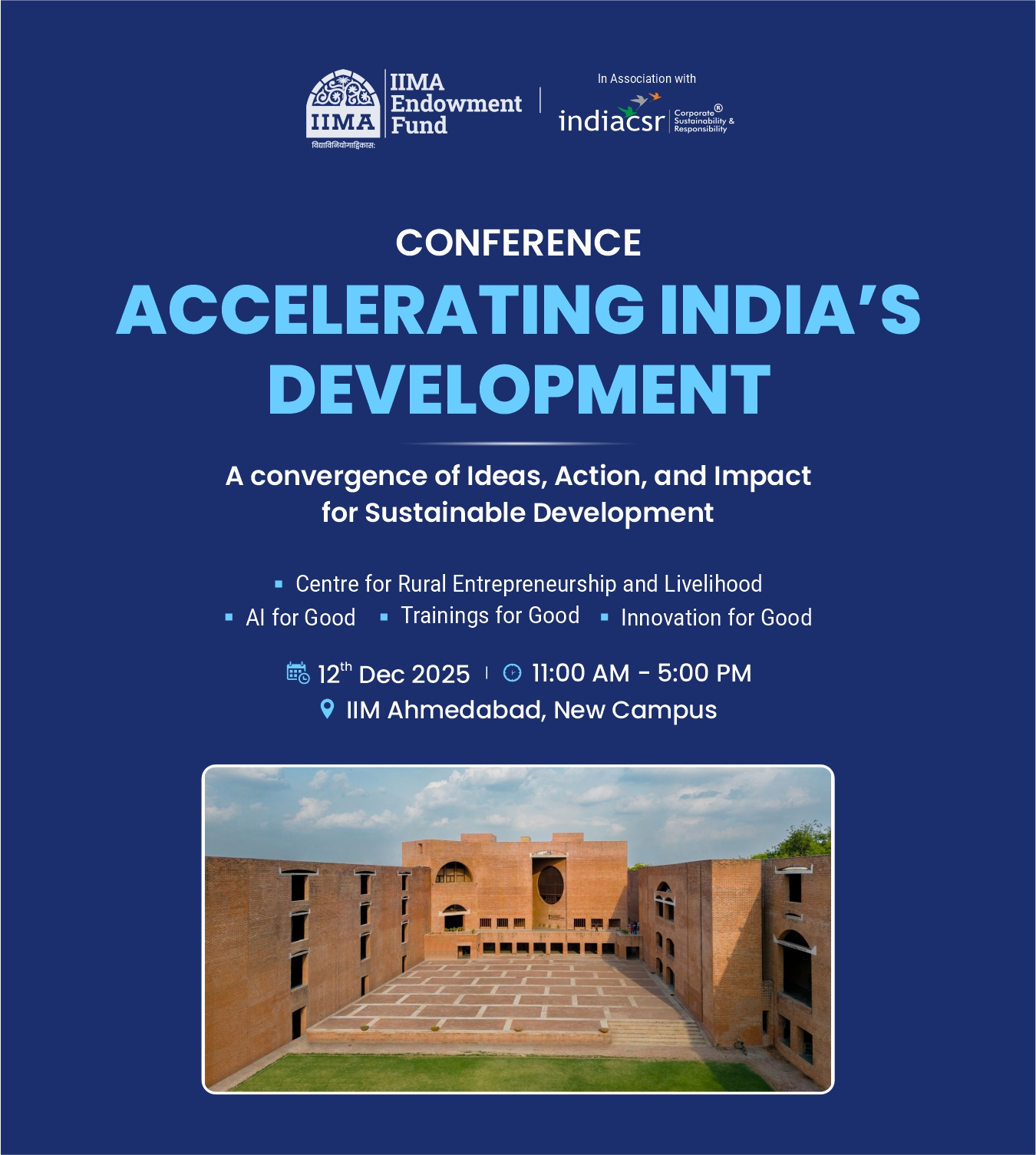
Words Srishti Dhir
In the worldwide effort to combat climate change, the real estate industry is also playing a crucial role in reducing the overall carbon footprint. It is not a hidden fact that a large amount of greenhouse gas emissions, which contribute to global warming and other environmental problems, are caused by the construction and operation of buildings. As the world is growing more conscious about the climatic changes, several developers in the Indian real estate sector are stepping forward to make eco-friendly choices in the materials used in building homes.
This is the reason why sustainability has become an integral part of the designs produced by real estate companies in India. The sustainable living designs that make the most of natural light, efficient waste disposal systems, water-saving techniques, and carbon-reduction strategies are now becoming increasingly popular among modern buyers. This shift towards sustainable living is not only reshaping the physical landscape of Indian cities but also redefining the way we think about urban development and community living.
Why Should You Invest In Green Homes?
Green homes not only benefit the environment but also improve the lifestyle of homebuyers. These eco-friendly properties boast excellent natural ventilation and ample lighting, which not only reduces the need for artificial lighting and temperature control systems but also has numerous health benefits for people. Another significant advantage of investing in a green home is usage of non-toxic materials, which helps to create cleaner and better air while mitigating the risk of allergies and respiratory illnesses.
Modern homebuyers, nowadays, are giving preference to healthy lifestyle and planet over beauty and comfort. Considering these changing preferences of buyers, many realty experts are predicting that 2024 will see a record-breaking surge in the demand for green homes in India.
Features of Green Homes
In order to know whether your new home is green or not, always consult the developer first and check for the environmental impact of the construction from the initial stages until the end. Here are some of the key features of green homes:
- Location: Green homes are generally built in areas which do not harm the environment or disrupt wildlife. These homes are mostly located in densely populated regions with easy access to public transportation.
- Materials: The raw materials used in the construction of a green home should withstand the three Rs: reduce, reuse, and recycle. Hence, they must be locally sourced and non-toxic to reduce the adverse impact on the environment.
- Design: These eco-friendly buildings are designed in such a way that it allows ample natural light to enter, reducing the need for artificial lighting. Further, in green homes, artificial heating and cooling is minimized through the strategic use of ventilation and insulation techniques.
- Energy Efficiency: Such properties are equipped with energy-efficient appliances such as solar-powered or thermal-powered lights and fans.
- Cost: The cost of green buildings is slightly more than that of standard homes. Within 2 to 3 years, though, you can make up the price difference with lower operating costs.
Future of Sustainable Living In India
Sustainable living is reshaping the Indian real estate sector in 2024, driving innovation, and transforming the way we build, buy, and live in cities. On top of it, the emergence of green buildings is no longer just a trend in the Indian realty sector as the industry consistently shifts its paradigms. In fact, it is a commitment to a peaceful amalgamation between modern life and our ecological footprint. Therefore, green homes are considered more than just a real estate asset; they are proving to be a testament of India’s goal for a more sustainable and healthier future.
About the Author

Srishti Dhir, Founder at Hub and Oak





